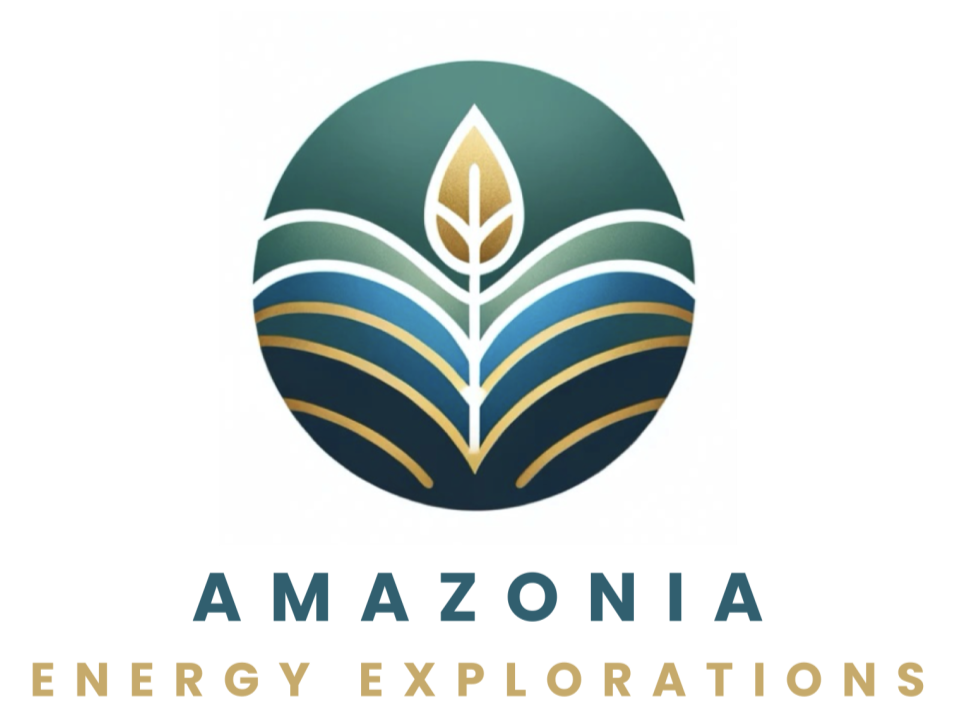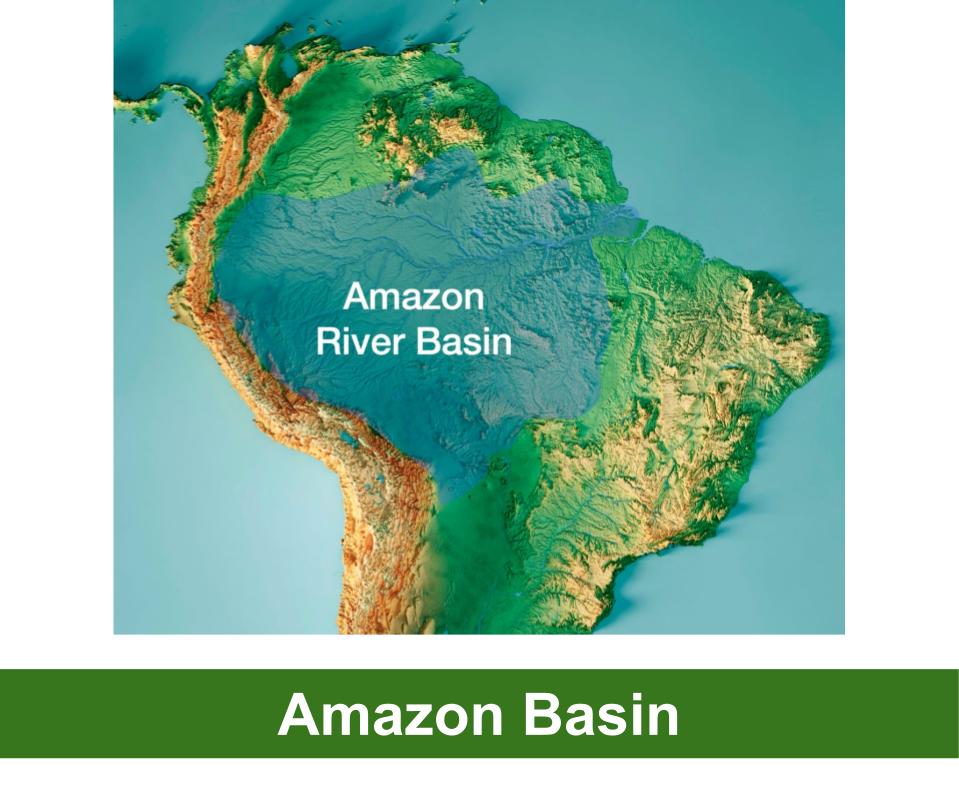
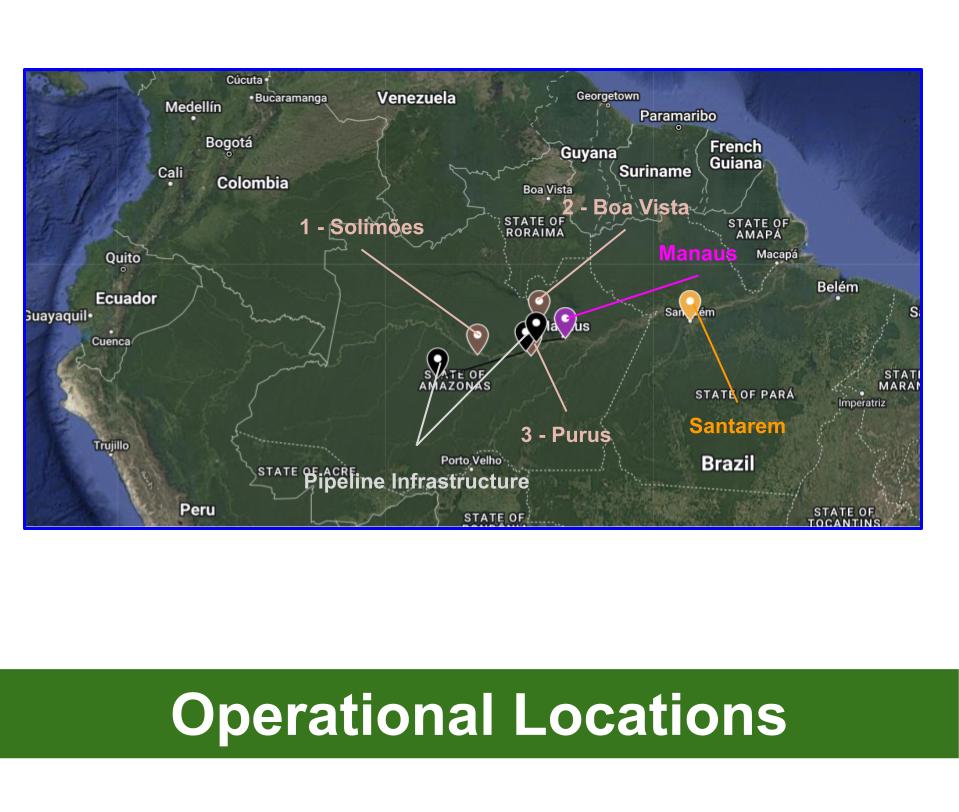

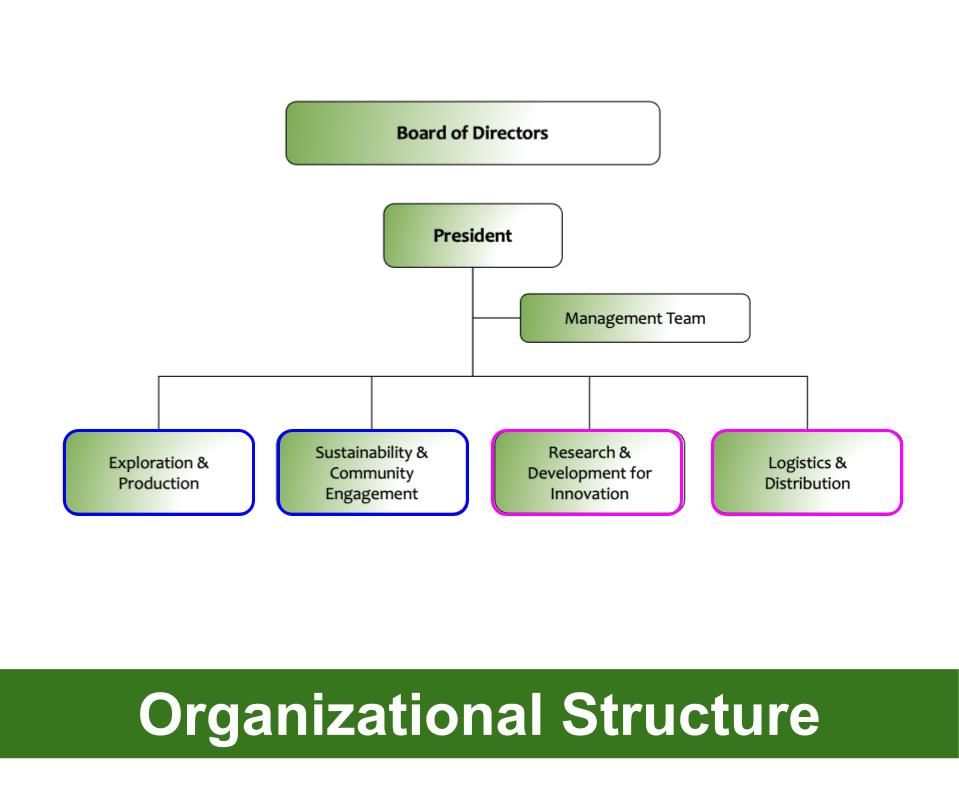

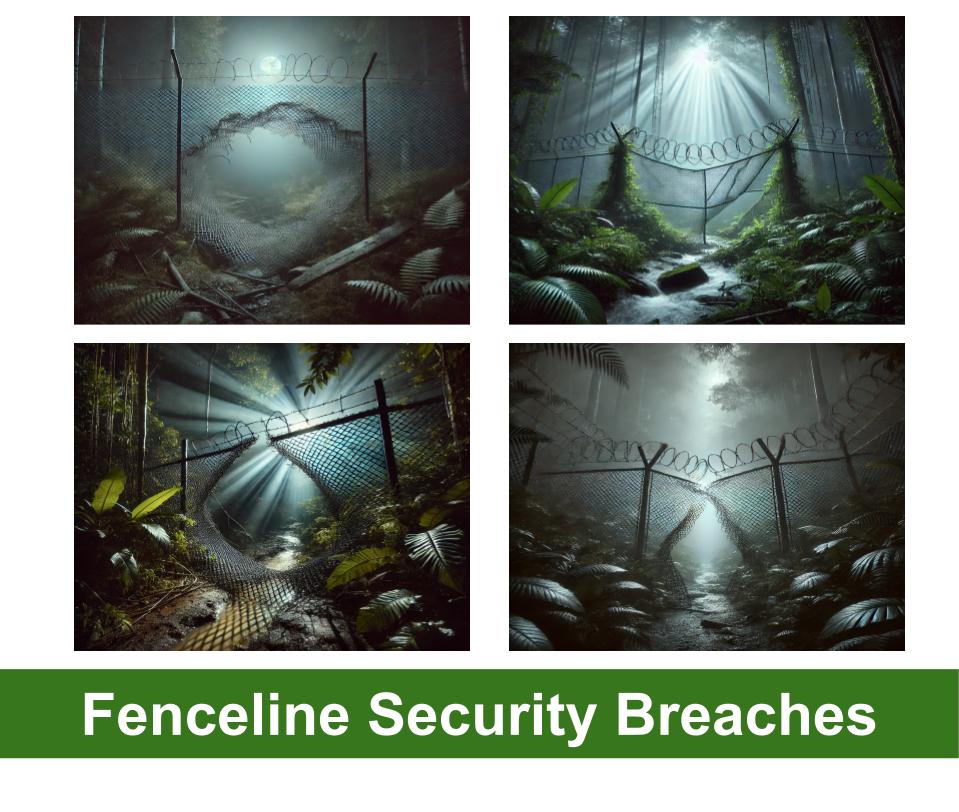
Context
In the wake of the oil spill and public relations crises that your team has been grappling with, the situation has taken a turn for the worse. Shamus O’Brien’s call has confirmed that initial reports of the spill's magnitude were overly optimistic, and new assessments indicate that the extent of the environmental damage is more severe.
As the oil continues to spread, the sensitive ecosystems of the Amazon Basin are facing unprecedented threats. The spill now poses a significant risk to the diverse ecosystems of the Amazon Basin, including its complex network of freshwater rivers and streams, the floodplain forests known as ‘varzea’, and the extensive, biologically rich rainforests that are home to a vast array of plant and animal species. Immediate and effective containment measures are imperative to mitigate further ecological damage and protect the livelihoods of local communities dependent on these fragile ecosystems.
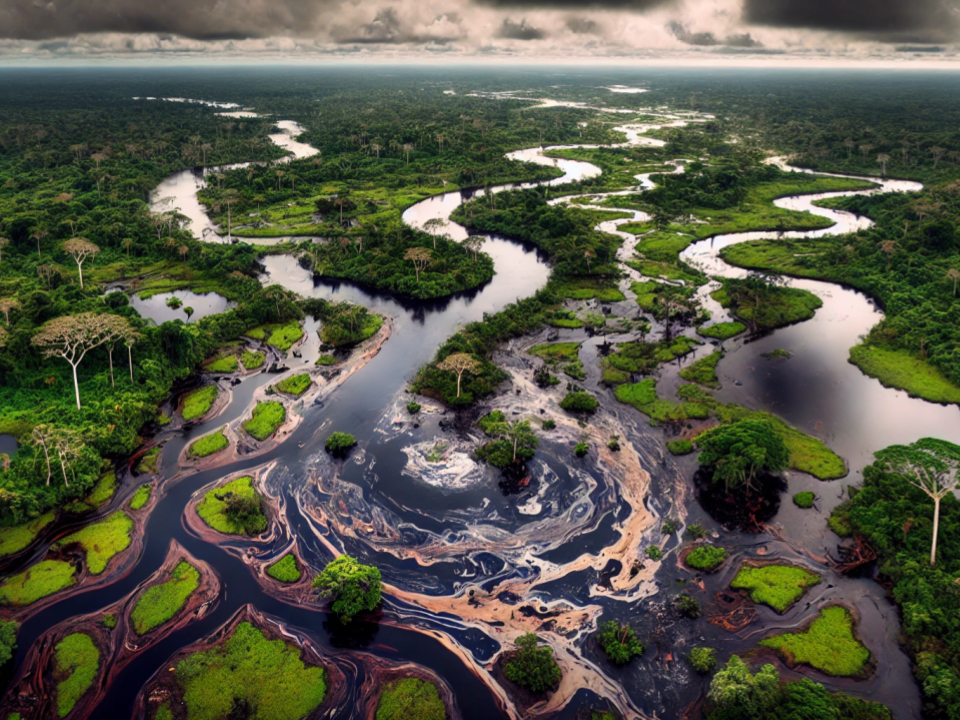

Task
Select the best oil containment option while considering operational, financial public relations and security factors and concerns.
Options
Explore the response strategies available to your team in the Amazon Basin. Select a tab to read each option’s approach, advantages, and disadvantages.
- Option 1
- Option 2
- Option 3
- Option 4
- Option 5
Option 1: Emergency Dredging
Utilize advanced, minimally invasive dredging techniques tailored for the Amazon Basin. Equip dredging machinery with precision guidance systems to selectively remove oil from contaminated areas, especially in ecologically sensitive zones.
Advantages
- High-efficiency oil removal.
- Ability to focus on heavily impacted areas.
Disadvantages
- Potential habitat disruption.
- Requires skilled operators and careful planning.
Option 2: Aerial Surveillance
Use drones equipped with multispectral imaging to monitor the spill in real time, enabling rapid deployment of containment measures in key areas.
Advantages
- Real-time monitoring.
- Supports precise deployment of containment.
Disadvantages
- Limited to monitoring—additional containment required.
Option 3: Containment Booms
Deploy advanced containment booms designed for riverine environments to navigate complex waterways and quickly protect tributaries and sensitive zones.
Advantages
- Quick deployment in riverine settings.
- Helps shield tributaries and ecosystems.
Disadvantages
- Potential disruption to wildlife.
- Effectiveness limited by currents and debris.
Option 4: Bioremediation Barriers
Introduce barriers using microorganisms or plants to naturally break down oil. Position strategically along the spill path to degrade pollutants without harmful chemicals.
Advantages
- Eco-friendly, supports natural degradation.
Disadvantages
- Slower process; effectiveness varies by oil type and conditions.
Option 5: Temporary Absorbent Marshlands
Construct absorbent marshlands using natural materials (e.g., coconut husk, bamboo) to soak up oil while minimizing ecological disruption at riverbanks and collection zones.
Advantages
- Environmentally sensitive; uses local materials.
- Aids oil recovery and buffers habitat.
Disadvantages
- Labour-intensive to build and maintain.
- May not scale for high-volume spills.
Decision
After carefully reviewing the options above, choose the strategy that best aligns with operational and environmental objectives. Select one option below to record your team’s decision with 1 min or less remaining.
Option 1: Emergency Dredging
Option 2: Aerial Surveillance
Option 3: Containment Booms
Option 4: Bioremediation Barriers
Option 5: Temporary Absorbent Marshlands
